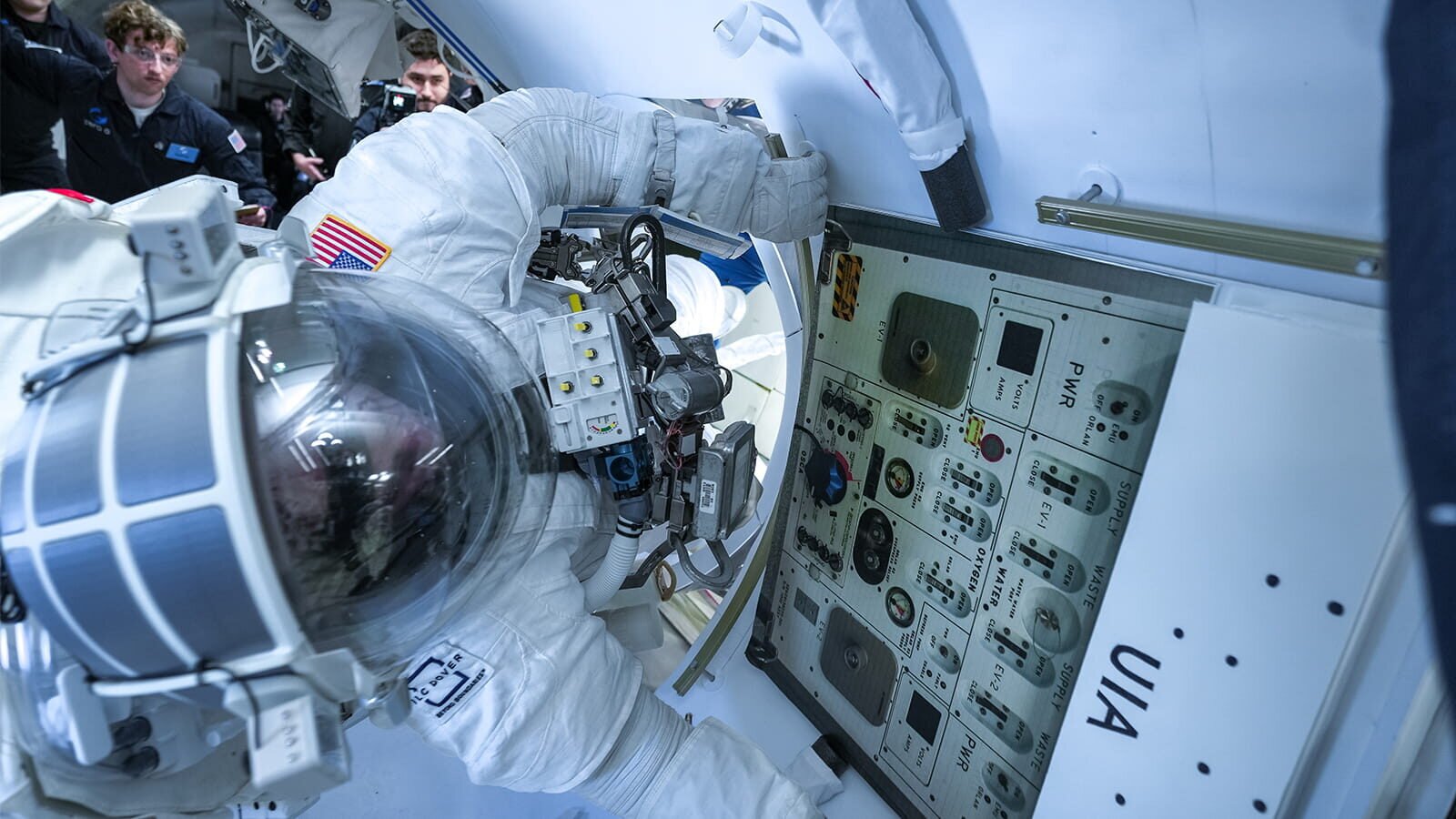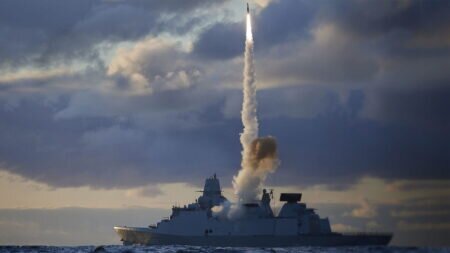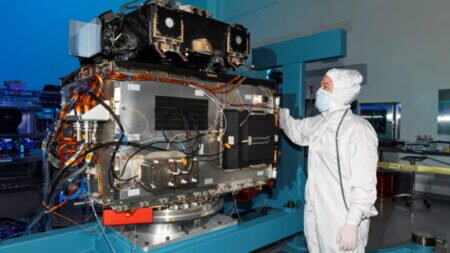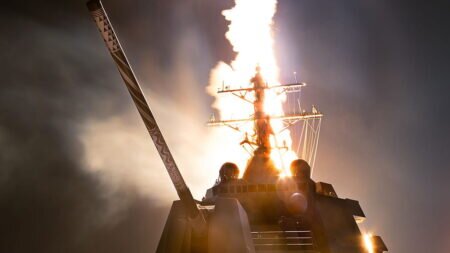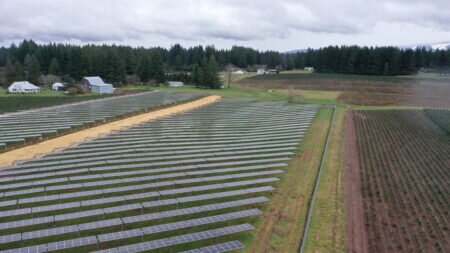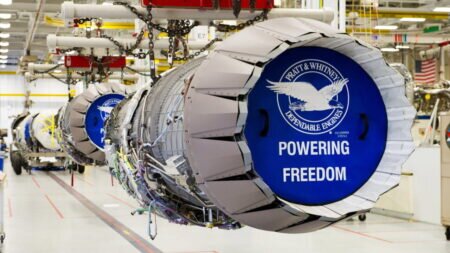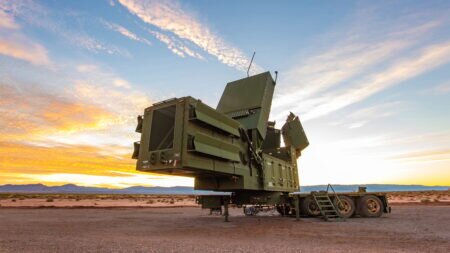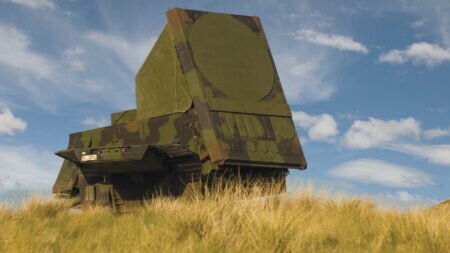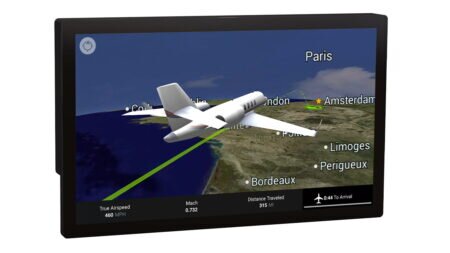Collins Aerospace, an RTX business, in partnership with ILC Dover and Oceaneering, completed the Crew Capability Assessment test, which is a key step in the design process on its next-generation spacesuit for the International Space Station, under NASA’s Exploration Extravehicular Activity Services, or xEVAS, contract.
The Collins team validated suit performance in a manufactured zero-gravity environment onboard an aircraft, performing a series of demonstrations performed by experienced former NASA astronauts. The primary objectives of the flight test included evaluation of the suit's pressure garment system fit and functionality, use of International Space Station tools and interfaces, and reviewed performance of the new Extravehicular Mobility Unit, or EMU, against the current design.
"The test allowed us to examine specific objectives of the design that can support a broad range of crewmember sizes and crew tasks in a controlled environment," said Peggy Guirgis, general manager, Space Systems, for Collins Aerospace.
"ILC Dover's pressure garment design leverages decades of innovation and experience to fit more astronauts than ever before, ensuring the safety and comfort of the next generation of space explorers," said Rob Reed, president of Space & Engineered Solutions at ILC Dover. "The successful test signals that we're one step closer to sustaining human life in space with the most advanced spacesuit yet."
The company made the following statement regarding its suit:
“Collins' next-generation suit is lighter weight and lower volume than NASA's current spacesuit. Its open architecture design will allow the suit to be easily modified as missions change or technology becomes more advanced. The company has engaged with current and former astronauts to guide engineering and design choices.”
Ahead of a critical design review, additional evaluations are scheduled including a thermal vacuum test and an underwater test to be held at NASA's Neutral Buoyancy Lab in Texas.
📌@CollinsAero, an @RTX_News business, in partnership with @ILCDover and @Oceaneering completed the Crew Capability Assessment test under @NASA’s Exploration Extravehicular Activity Services contract for its spacesuit.
🔗https://t.co/7E6ScCbhzS pic.twitter.com/9EKEmdNAaK— Defensehere (@defensehere_en) February 1, 2024

